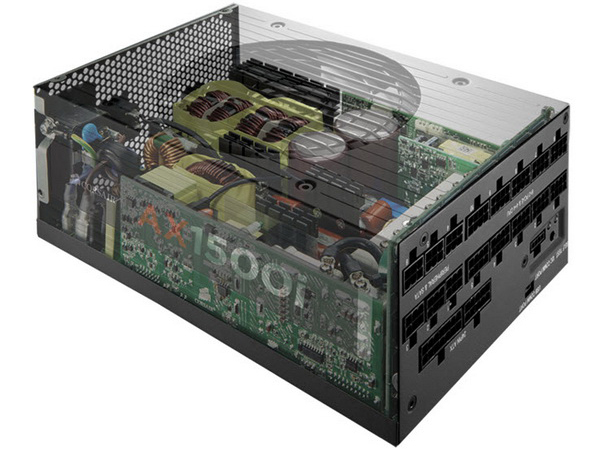PSUs 101: A Detailed Look Into Power Supplies
The objective of this article is to provide detailed information about the most crucial part of a personal computer (PC) system, its power supply unit. Follow us on this journey into PSU territory and we promise that you will gain valuable knowledge.
Introduction
For those of you who know nothing about PSUs, today we're taking it from the top. The abbreviation PSU stands for power supply unit, and in this article, we assume that it is also an SMPS (switching mode power supply), since in modern PCs only SMPS units are used.
You can think of the PSU as the heart of a PC; it is the most significant part of the system since it feeds power to the other components, including the CPU, graphics card, hard drive, SSD and so on. If the PSU fails, it affects all of the other pieces. And in some cases, a malfunction of the PSU can damage other components as well, especially if the PSU is of low quality with inefficient protection features. Unfortunately, this is something many builders ignore. Instead of choosing an adequate PSU for their systems, users typically acquire all of the other components first, using leftover funds for the power supply purchase. If you've made this mistake, we are sure that after reading this article you will change your PC building strategy. However, this article is not just intended for novice users and goes beyond the basics of PSUs, providing valuable information to experienced enthusiasts as well.
In the following sections we will provide an easy-to-follow explanation of the switch power conversion. We will also make a brief reference to the most significant electronic components currently used not only in PSU manufacturing, but also in every modern electronics device. Through the following pages you will learn the basic concepts of inductors, capacitors, resistors (see resistor color codes), transistors and diodes in order to better understand PSU components. Next, the main context of switching power conversion will be explained and a brief description of the various stages that compose a PSU will be made. Afterward, we will make a brief reference to some switching regulator topologies, which are commonly used nowadays. Some of you might not be aware of this, but a PSU's cooling fan is usually the first part to stop working, at least in good-quality PSUs, so we will dedicate some time to discussing cooling fans as well. Next, we'll spend some time on protection features, and finally we will take a look at ATX, EPS and 80 PLUS specifications.
This is going to be an informative journey through electronics, and when you finish reading this article, we are confident that you will have gained valuable knowledge that will help you to better understand the "Look Inside" pages in our PSU reviews. In addition, you will be able to judge the technical specifications of a PSU by yourself.
In the following section, we briefly describe the most significant electronic parts that are used in PSUs, including inductors, transformers, capacitors, resistors, transistors and diodes. This essential knowledge will help you when we analyze the internal parts of an SMPS, especially if you don't have an electronics background.
MORE: How We Test Power SuppliesMORE:
Who's Who In Power Supplies, 2014: Brands Vs. ManufacturersMORE:
All Power Supply ArticlesMORE:
Power Supplies in the Forums
Get Tom's Hardware's best news and in-depth reviews, straight to your inbox.

Aris Mpitziopoulos is a contributing editor at Tom's Hardware, covering PSUs.
